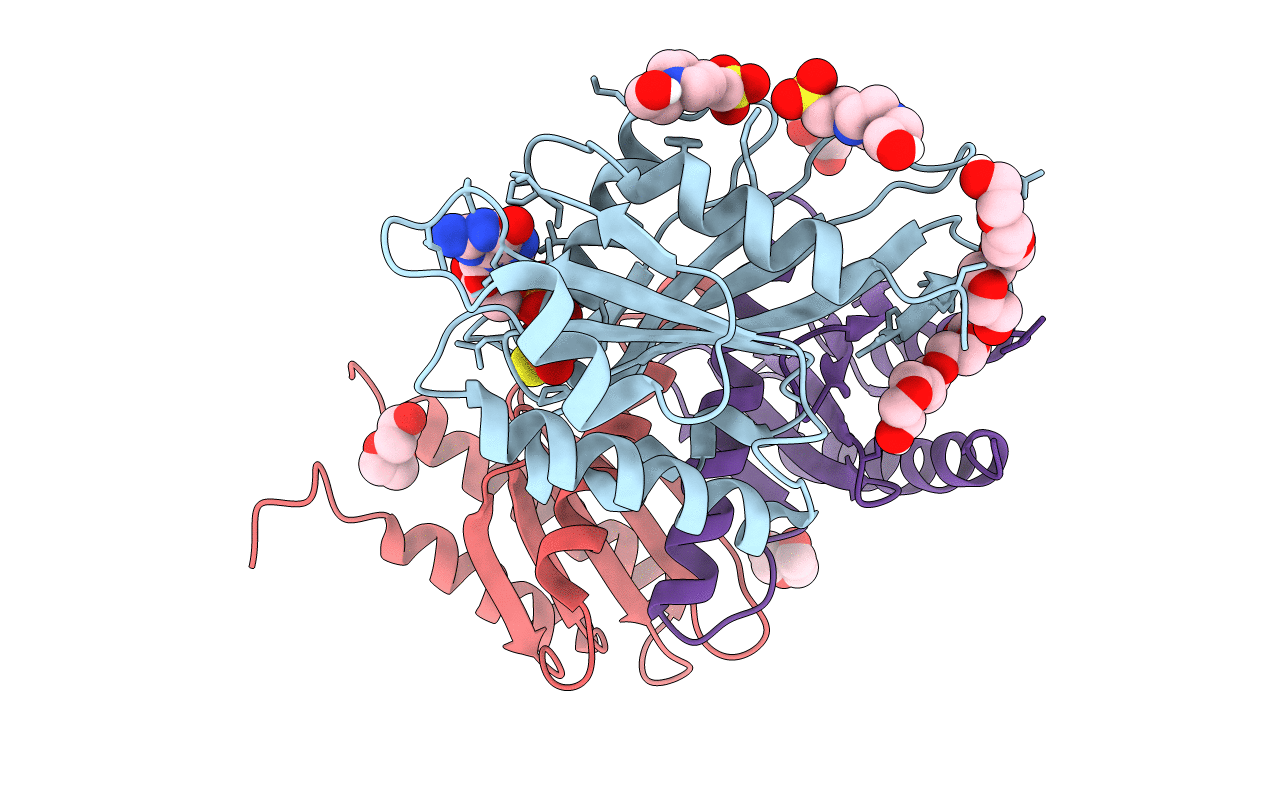
Deposition Date
2018-07-24
Release Date
2019-11-27
Last Version Date
2025-10-01
Entry Detail
PDB ID:
6H5B
Keywords:
Title:
Myxococcus xanthus MglA in complex with its GAP MglB and GTPgammaS
Biological Source:
Source Organism:
Myxococcus xanthus DK 1622 (Taxon ID: 246197)
Myxococcus xanthus (Taxon ID: 34)
Myxococcus xanthus (Taxon ID: 34)
Host Organism:
Method Details:
Experimental Method:
Resolution:
2.80 Å
R-Value Free:
0.25
R-Value Work:
0.19
R-Value Observed:
0.20
Space Group:
P 64


